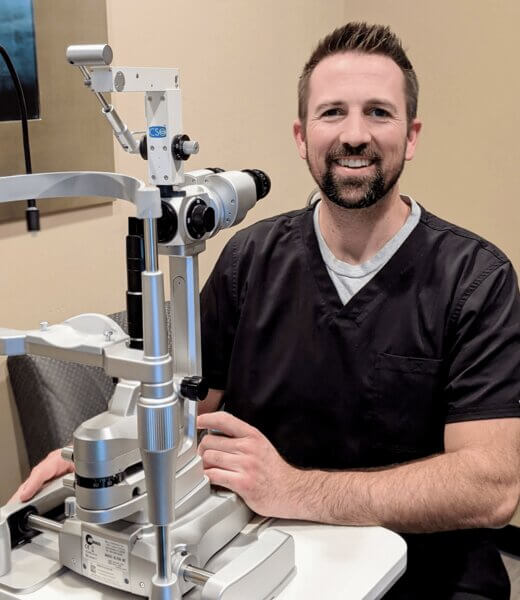
Dry Eye syndrome, also known as keratoconjunctivitis sicca, is a common ocular condition that affects millions of individuals globally. It occurs when the eyes fail to produce sufficient tears or when the tears evaporate too quickly. Vision issues, discomfort, and irritability may result from this.. In this comprehensive guide, we will explore everything you need to know about Dry Eye causes, symptoms, treatment options, and effective lifestyle management, particularly in the sunny city of Phoenix, Arizona.
Dry Eye Causes:
Dry Eye can stem from various factors, including environmental conditions, aging, medical conditions, and lifestyle habits. Prolonged screen time, exposure to dry and windy climates, and certain medications can contribute to its development. Additionally, medical conditions like Sjögren’s syndrome and rheumatoid arthritis are known to increase the risk of Dry Eye.
Dry Eye Symptoms:
The symptoms of Dry Eye can range from mild discomfort to significant irritation. Common symptoms include redness, a gritty sensation, burning, itching, and blurry vision.
Dry Eye Treatment:
Effective treatment of Dry Eye involves a multi-faceted approach. Artificial tears, available in various formulations, can provide temporary relief by lubricating the eyes.Prescription eye drops may be suggested in more severe situations to lessen irritation and encourage tear production. Procedures like punctal plugs, which block tear drainage, can also be effective in maintaining tear film.
Chronic Dry Eyes:
Chronic Dry Eye is a persistent condition that requires ongoing management. Individuals with chronic Dry Eye should work closely with their eye care professionals to determine the best treatment plan. Regular follow-up appointments can help monitor progress and adjust treatments as needed.
Dry Eye Remedies:
Apart from medical interventions, several home remedies can provide relief. Warm compresses can help open up oil glands in the eyelids, improving tear quality. Staying hydrated, using humidifiers, and taking omega-3 fatty acid supplements can also contribute to alleviating Dry Eye symptoms.
Dry Eye Prevention:
Preventing Dry Eye involves being mindful of environmental factors and lifestyle choices. Protecting your eyes from wind and harsh sunlight, taking breaks during screen time, and staying hydrated can all contribute to preventing Dry Eye.
Dry Eye Management:
Managing Dry Eye goes beyond just treating symptoms. It’s about adopting a holistic approach that includes regular eye exams, consistent use of prescribed medications, and making necessary lifestyle adjustments.
Dry Eye Relief:
Finding relief from Dry Eye can significantly improve your quality of life. By working closely with your eye care specialist and following their recommendations, you can experience a noticeable reduction in discomfort and irritation.
Dry Eye Drops:
Artificial tears, available over-the-counter, are a common way to relieve Dry Eye symptoms. They mimic natural tears and provide immediate relief from dryness and irritation.
Dry Eye Diagnosis:
A comprehensive eye exam is crucial for an accurate diagnosis of Dry Eye. Your eye care professional will assess tear production, evaluate the quality of tears, and examine the ocular surface for any signs of inflammation.
Dry Eye Risk Factors:
Certain factors increase the likelihood of developing Dry Eye. These include age, gender (women are more prone), certain medical conditions, medications, and environmental factors.
Dry Eye Complications:
Untreated Dry Eye can lead to complications such as corneal abrasions, eye infections, and even vision impairment. To avoid these consequences, it is crucial to get treatment as soon as possible.
Dry Eye Discomfort and Solutions:
The discomfort caused by Dry Eye can be challenging to endure. However, with a combination of medical interventions, lifestyle changes, and home remedies, significant relief is achievable.
Dry Eye Therapies:
Advanced therapies like intense pulsed light (IPL) treatments have shown promising results in managing Dry Eye symptoms. IPL helps reduce inflammation and improve oil gland function.
Dry Eye Irritation and Sensitivity:
Dry Eye often leads to eye irritation and heightened sensitivity to light. Wearing sunglasses when outdoors and using lubricating eye drops can mitigate these symptoms.
Dry Eye Inflammation and Syndrome:
Inflammation is a common underlying factor in Dry Eye syndrome. Anti-inflammatory medications and treatments can help manage inflammation and provide relief.
Dry Eye Care and Technologies:
Proper eye care is essential for managing Dry Eye. Innovative technologies, such as tear osmolarity measurement devices, aid in assessing tear quality and guiding treatment decisions.
Dry Eye Lifestyle in Phoenix, Arizona:
Living with Dry Eye in Phoenix, Arizona, comes with unique challenges due to the arid climate. Staying hydrated, wearing wraparound sunglasses, and using humidifiers indoors are valuable strategies for managing Dry Eye symptoms.
The Phoenix Perspective: Dry Eye in Arizona:
The dry and sunny climate of Phoenix can exacerbate Dry Eye symptoms. Taking proactive measures, such as using lubricating eye drops regularly and protecting your eyes from UV rays, is vital.
Tatum Eyecare is North Phoenix’s premier family eye care center. We’ve spared no expense to create the most pleasant, comfortable patient experience… including the finest furnishings, the best selection of prescription eyeglass frames, the most cutting-edge technology, and the most outstanding team of industry professionals. Come see why the choice for family eye care in the Valley has never been clearer.


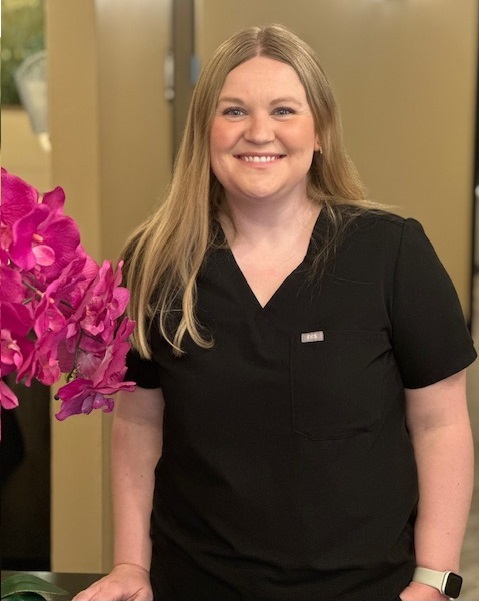
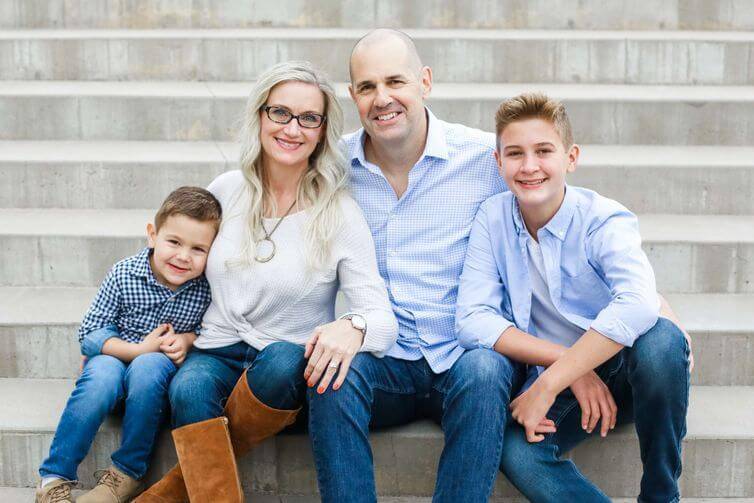

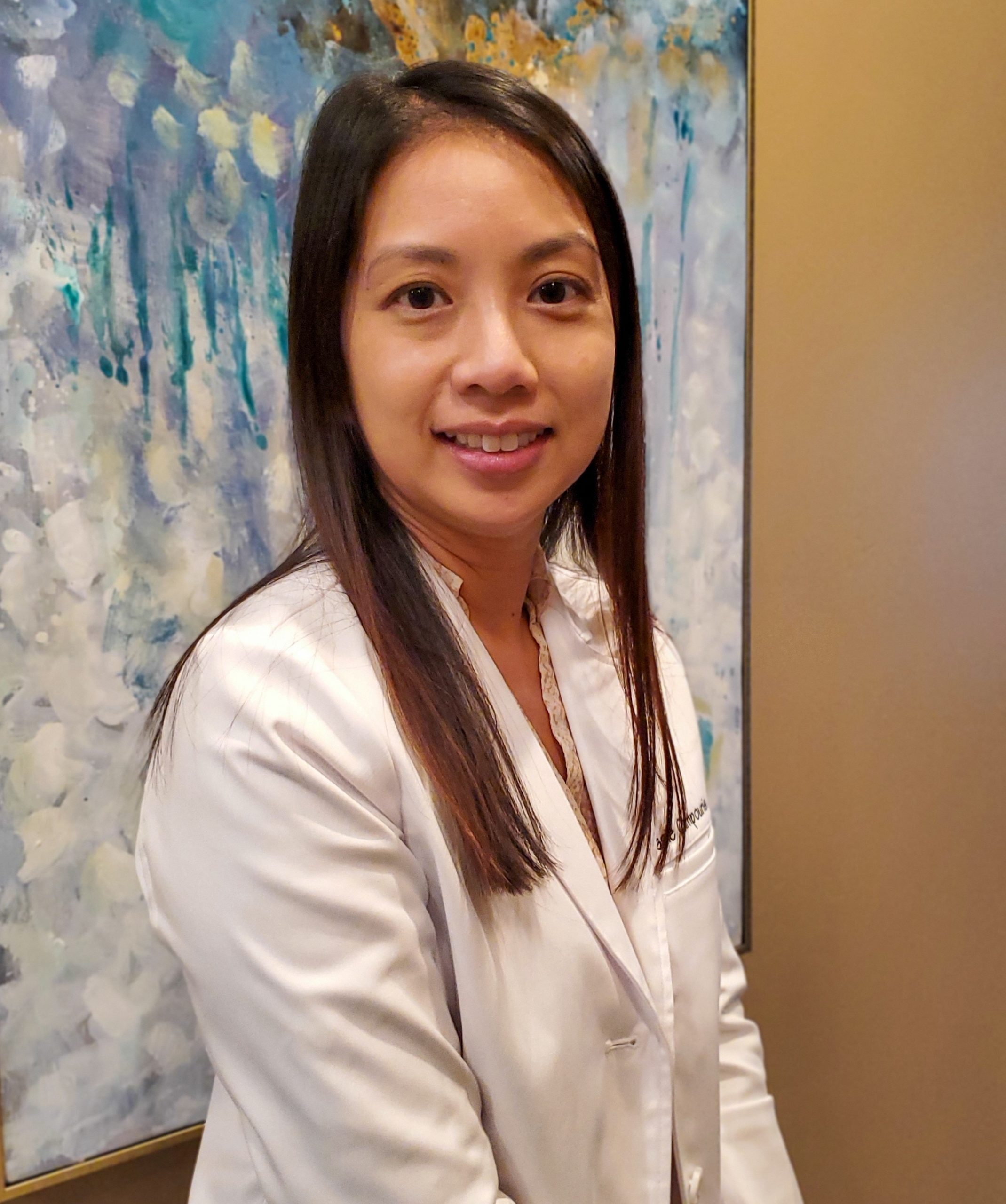
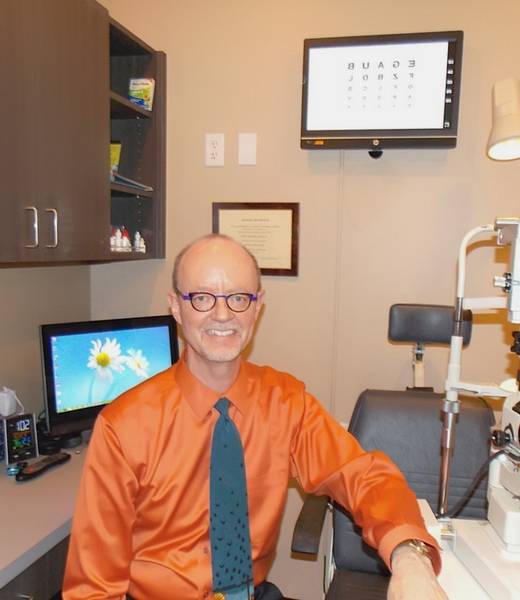
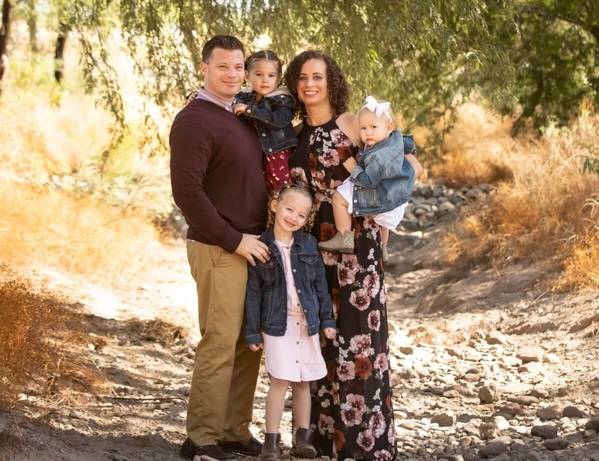
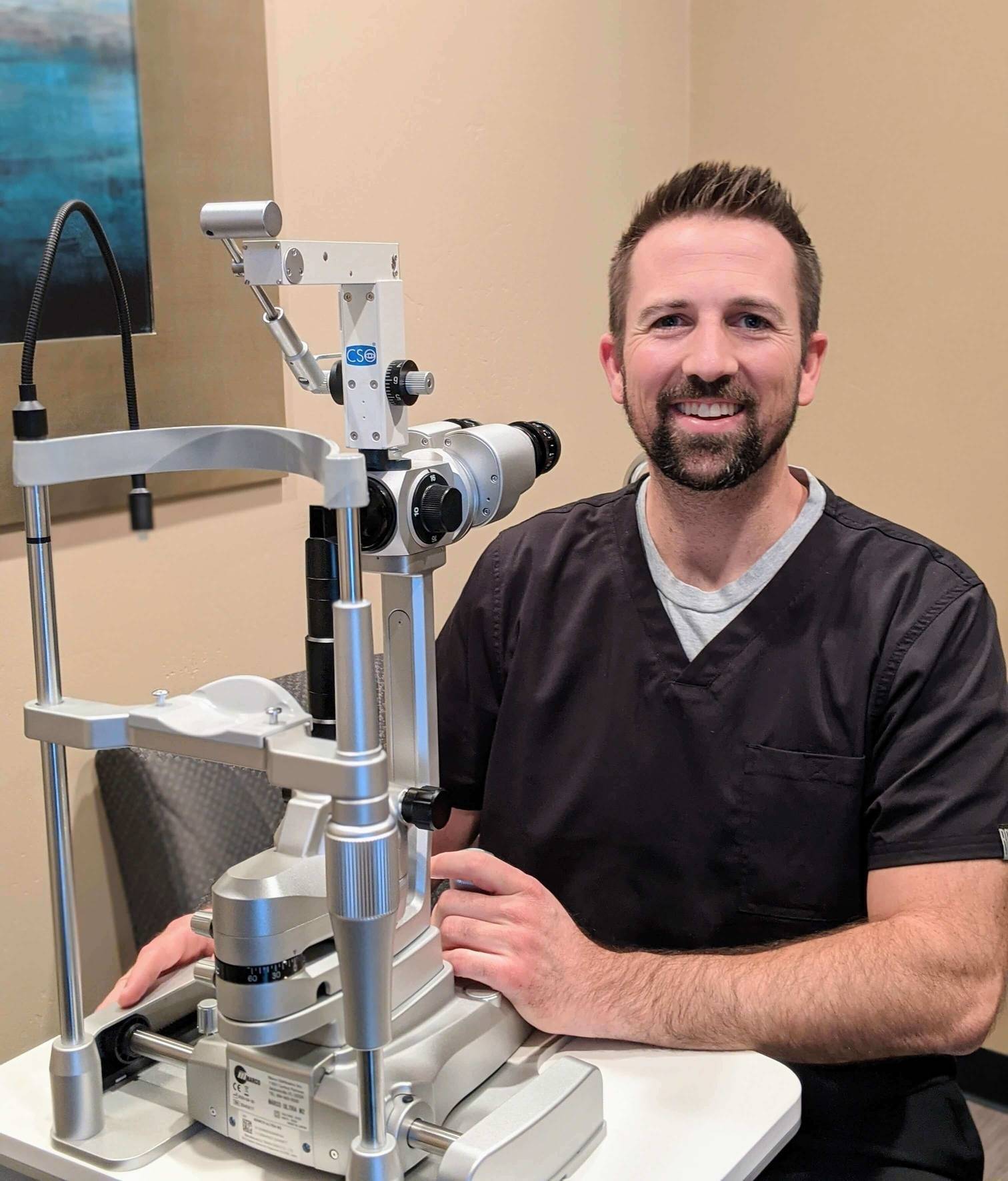
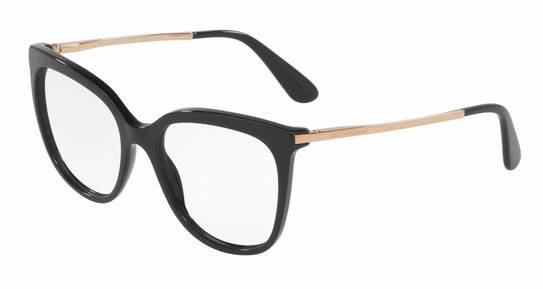






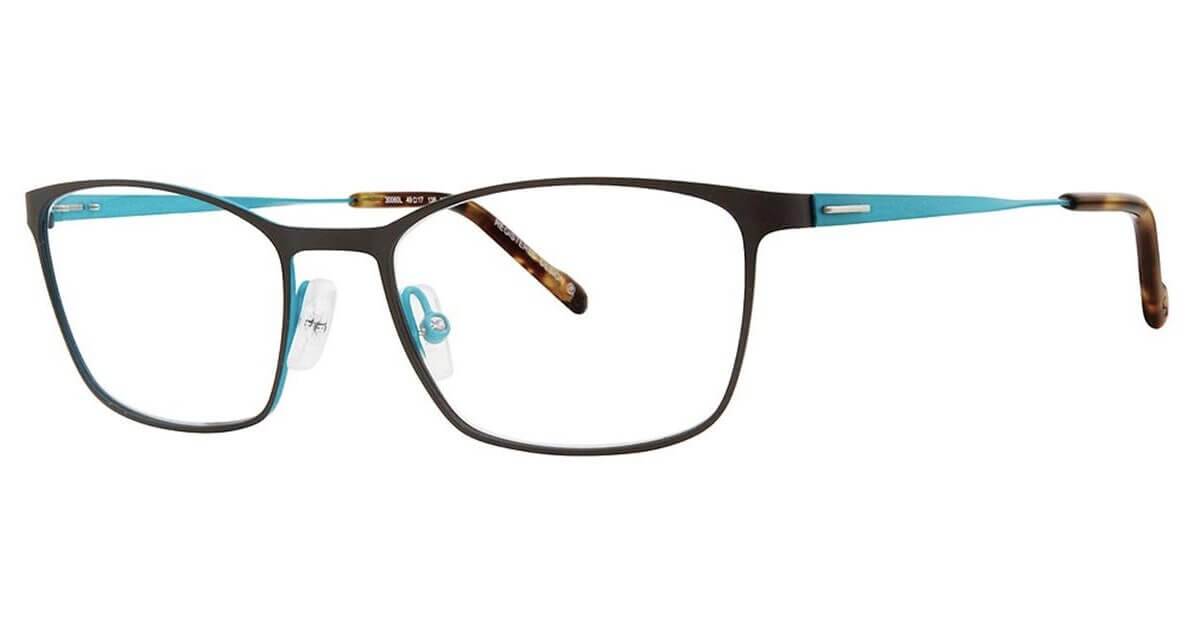

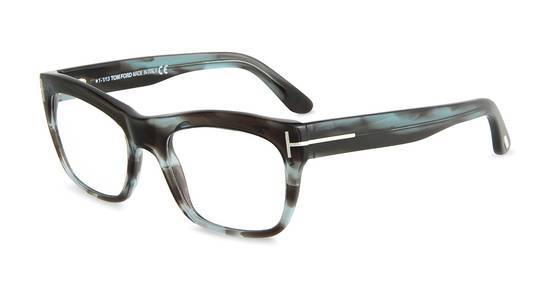
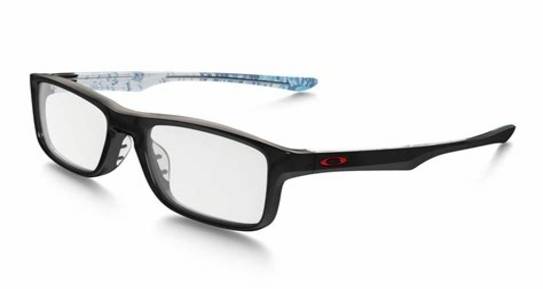
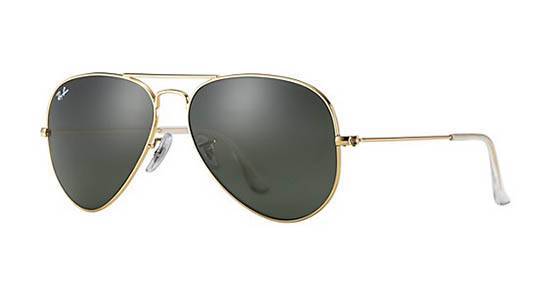
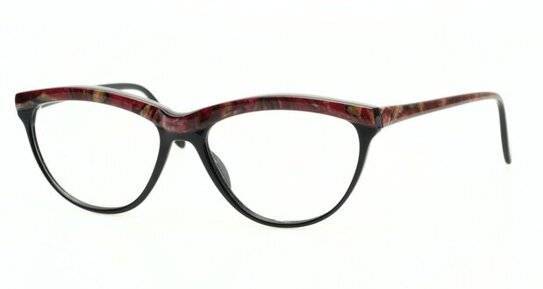
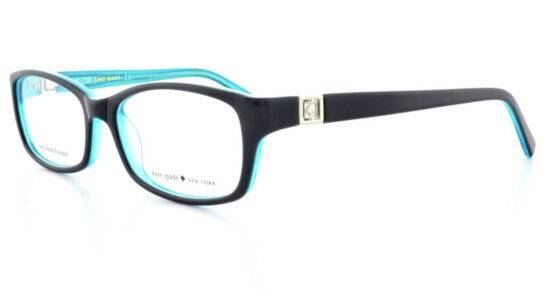
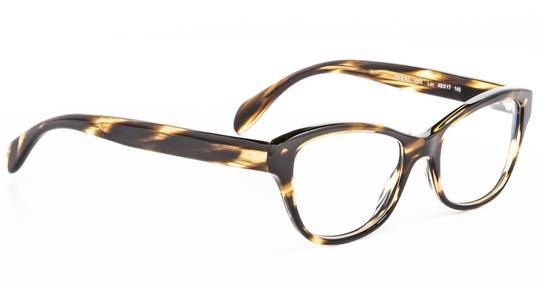
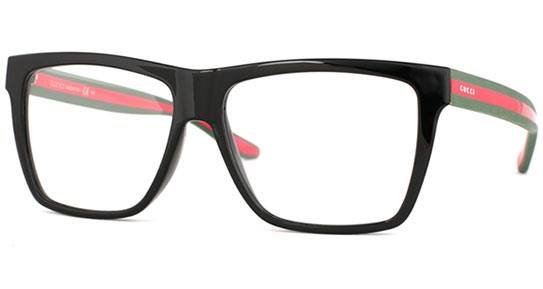
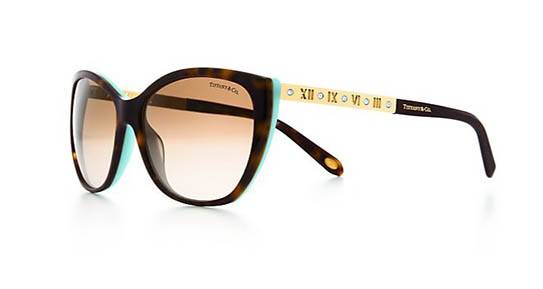
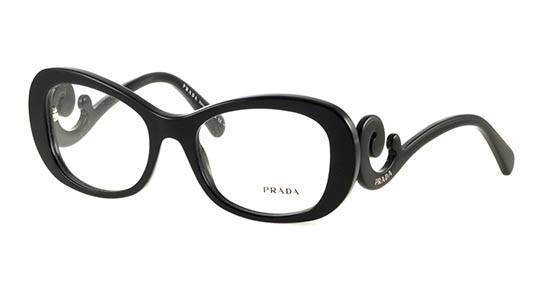
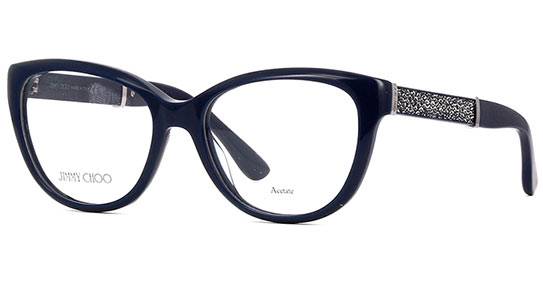
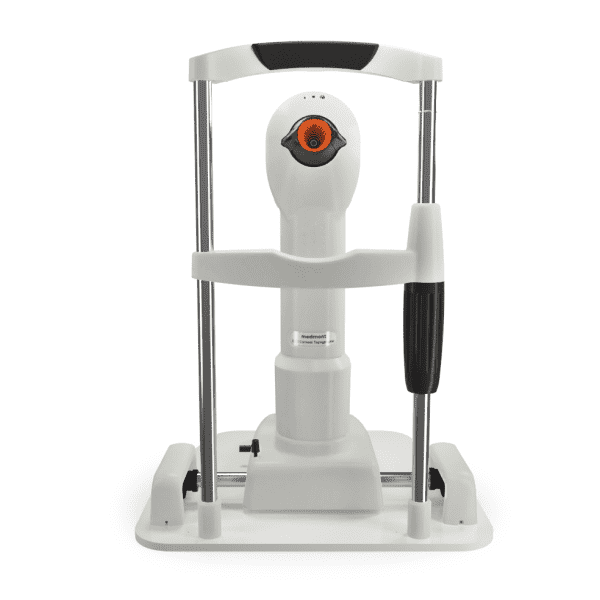
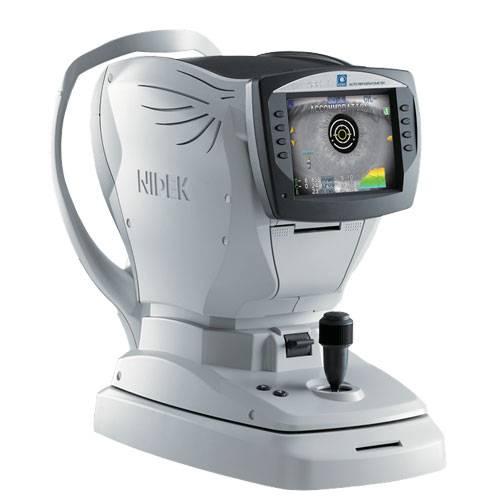
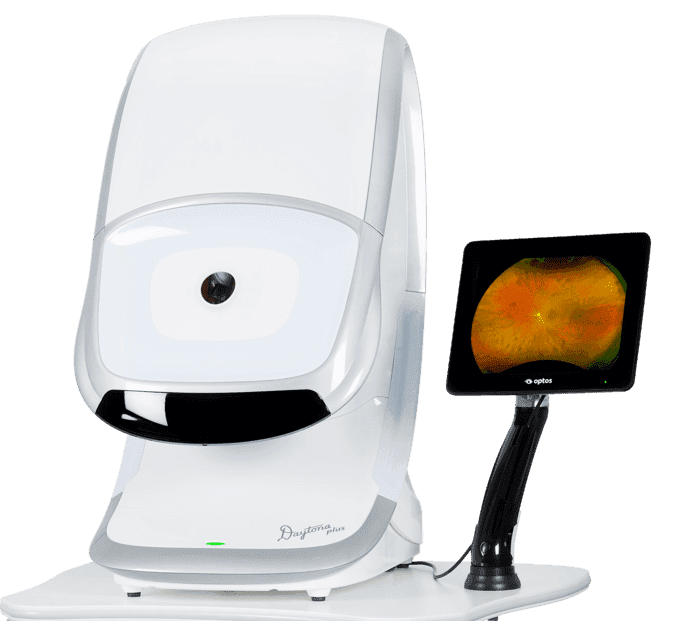
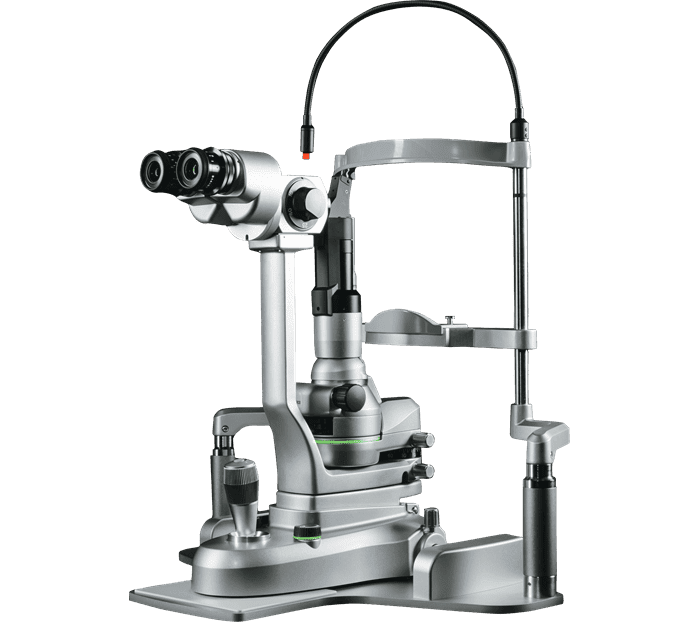
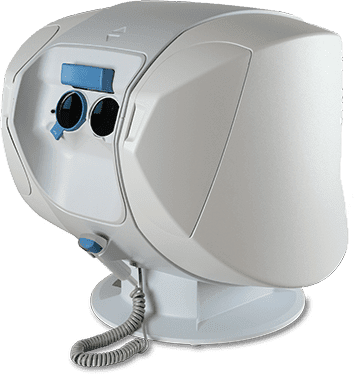
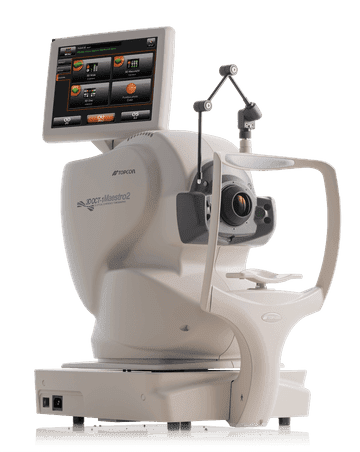
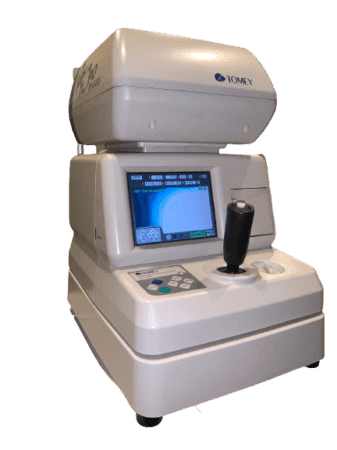
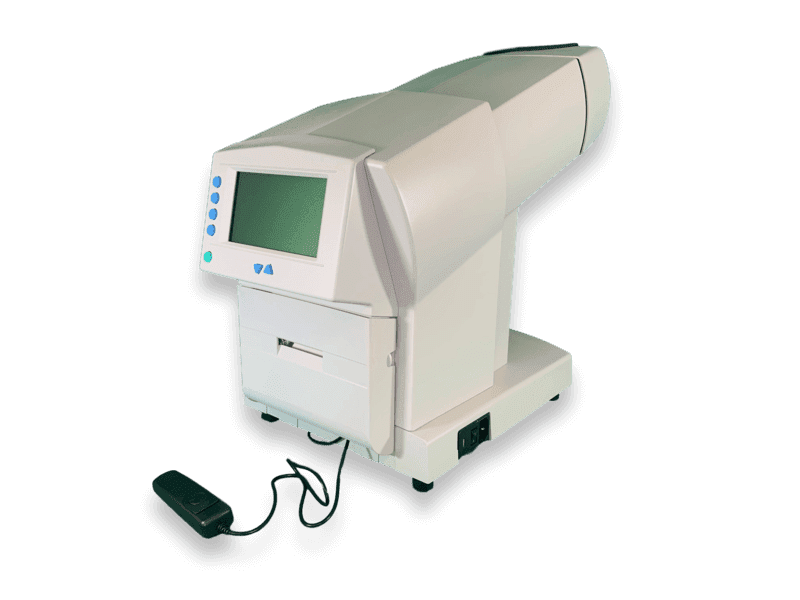
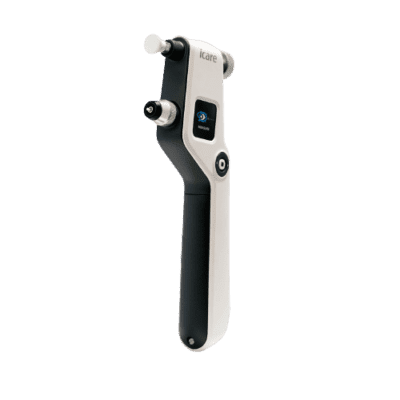
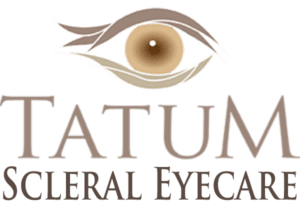
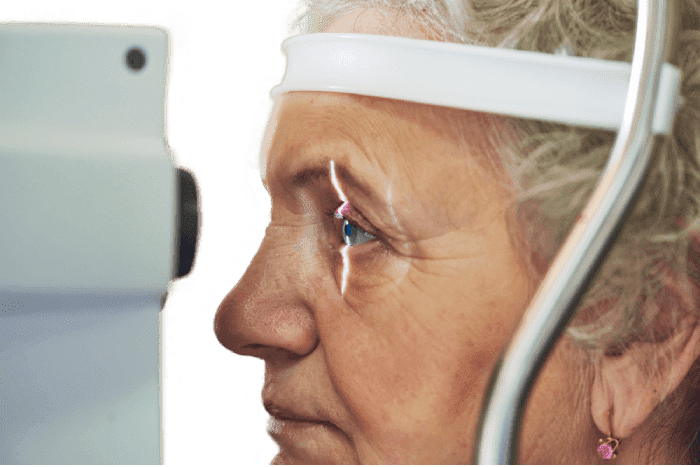
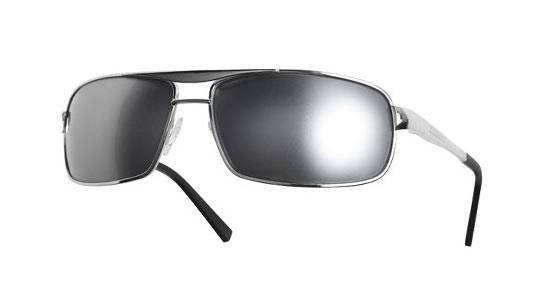 Dillon Optics, the performance eyewear arm of Dillon Precision, have a unique non-reflective, matte lens appearance incorporated with NIR lens technology. This produces noticeably sharper clarity, and protects the lens from damage and harmful environmental conditions. Perfect for outdoor sports and activities where precision vision is required. Tatum Eyecare carries a wide variety of Dillon Optics eyewear.
Dillon Optics, the performance eyewear arm of Dillon Precision, have a unique non-reflective, matte lens appearance incorporated with NIR lens technology. This produces noticeably sharper clarity, and protects the lens from damage and harmful environmental conditions. Perfect for outdoor sports and activities where precision vision is required. Tatum Eyecare carries a wide variety of Dillon Optics eyewear.




